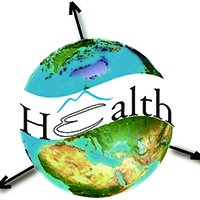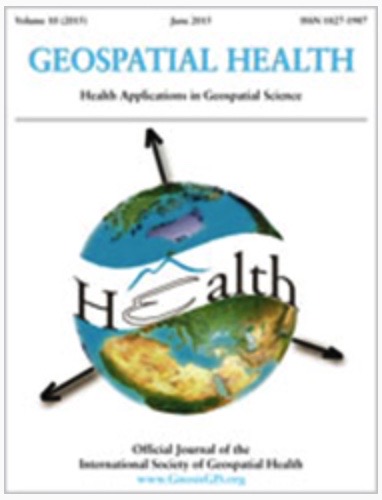Homicides of black people in Brazil: A study of different regions, using generalized additive regression models-with a geo-spatial component

Published: 5 May 2021
Abstract Views: 1416
PDF: 604
HTML: 26
HTML: 26
Publisher's note
All claims expressed in this article are solely those of the authors and do not necessarily represent those of their affiliated organizations, or those of the publisher, the editors and the reviewers. Any product that may be evaluated in this article or claim that may be made by its manufacturer is not guaranteed or endorsed by the publisher.
All claims expressed in this article are solely those of the authors and do not necessarily represent those of their affiliated organizations, or those of the publisher, the editors and the reviewers. Any product that may be evaluated in this article or claim that may be made by its manufacturer is not guaranteed or endorsed by the publisher.
Similar Articles
- Rubén Solano, Diana Gòmez-Barroso, Fernando Simòn, Sarah Lafuente, Pere Simòn, Cristina Rius, Pilar Gorrindo, Diana Toledo, Joan A. Caylá, Retrospective space-time cluster analysis of whooping cough re-emergence in Barcelona, Spain, 2000-2011 , Geospatial Health: Vol. 8 No. 2 (2014)
- Ruy Brayner Oliveira Filho, Karla Campos Malta, Vania Lucia Assis Santana, Mabel Hanna Vance Harrop, Danilo Tancler Stipp, Daniel Friguglietti Brandespim, Rinaldo Aparecido Mota, José Júnior Wilton Pinheiro, Spatial characterization of Leptospira spp. infection in equids from the Brejo Paraibano micro-region in Brazil , Geospatial Health: Vol. 8 No. 2 (2014)
- Vitomir Djokić, Ivana Klun, Vincenzo Musella, Laura Rinaldi, Giuseppe Cringoli, Smaragda Sotiraki, Olgica Djurković-Djaković, Spatial epidemiology of Toxoplasma gondii infection in goats in Serbia , Geospatial Health: Vol. 8 No. 2 (2014)
- Beatriz Martínez-Lòpez, Tsviatko Alexandrov, Lina Mur, Fernando Sánchez-Vizcaíno, José M. Sánchez-Vizcaíno, Evaluation of the spatial patterns and risk factors, including backyard pigs, for classical swine fever occurrence in Bulgaria using a Bayesian model , Geospatial Health: Vol. 8 No. 2 (2014)
- Noraishah M. Sham, Isthrinayagy Krishnarajah, Noor Akma Ibrahim, Munn-Sann Lye, Temporal and spatial mapping of hand, foot and mouth disease in Sarawak, Malaysia , Geospatial Health: Vol. 8 No. 2 (2014)
- Rudi Cassini, Paolo Mulatti, Claudia Zanardello, Giulia Simonato, Manuela Signorini, Stefania Cazzin, Pier Giorgio Tambalo, Mario Cobianchi, Mario Pietrobelli, Gioia Capelli, Retrospective and spatial analysis tools for integrated surveillance of cystic echinococcosis and bovine cysticercosis in hypo-endemic areas , Geospatial Health: Vol. 8 No. 2 (2014)
- Rebeca Ramis, Diana Gomez-Barroso, Gonzalo Lòpez-Abente, Cluster detection of diseases in heterogeneous populations: an alternative to scan methods , Geospatial Health: Vol. 8 No. 2 (2014)
- Hassan M. Khormi, Lalit Kumar, Climate change and the potential global distribution of Aedes aegypti: spatial modelling using geographical information system and CLIMEX , Geospatial Health: Vol. 8 No. 2 (2014)
- Cristina Ballart, Irene Guerrero, Xavier Castells, Sergio Baròn, Soledad Castillejo, M. Magdalena Alcover, Montserrat Portús, Montserrat Gállego, Importance of individual analysis of environmental and climatic factors affecting the density of Leishmania vectors living in the same geographical area: the example of Phlebotomus ariasi and P. perniciosus in northeast Spain , Geospatial Health: Vol. 8 No. 2 (2014)
- Gonzalo Lòpez-Abente, Nuria Aragonés, Javier García-Pérez, Pablo Fernández- Navarro, Disease mapping and spatio-temporal analysis: importance of expected-case computation criteria , Geospatial Health: Vol. 9 No. 1 (2014)
You may also start an advanced similarity search for this article.











